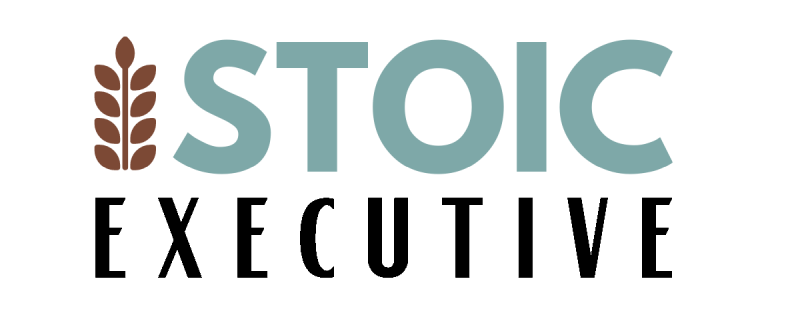Life is full of painful experiences. We all have them. For leaders, understanding the relationship between pain and suffering is key to improving performance. A key insight is found in the equation: S = P x R (suffering equals pain multiplied by resistance).
**Pain vs. Suffering: Unraveling the Threads**
Pain, whether physical or emotional, is an immediate response signaling that something requires attention.
On the other hand, suffering is created by the narrative we weave around pain. It emerges when we resist or deny pain’s reality, intensifying it into enduring suffering. As encapsulated by Eckhart Tolle’s equation, “suffering = pain x resistance,” suffering isn’t merely a byproduct of pain; it’s created by the resistance to pain. Tolle observes, “Whatever you fight, you strengthen, and what you resist, persists.” Consider occasions when something painful led you to create your own suffering. Perhaps you snapped at your spouse when feeling stress about money, or you ignored your kids ruminating on what your boss said, or maybe you pulled out of the market at the bottom just before the recovery started.
**Navigating Through Pain Without Drowning in Suffering:**
1. **Acceptance**: Acceptance isn’t about complacency but clarity. By acknowledging and accepting what is, leaders position themselves to determine the best next steps with calm, confidence, and clarity. This proactive approach is invaluable when facing personal setbacks or professional hurdles.
2. **Being in the Present**: Grounding oneself in the ‘now’ shields you from exaggerating suffering. By staying present, you avoid dwelling on past regrets or future concerns.
3. **Mindful Reflection**: Rather than fixating on pain, leaders can approach it with curiosity. Asking, “What can this teach me?” can transform challenges into growth opportunities in both personal and professional spheres.
**The Leadership Edge: Four Benefits of Acceptance**
1. **Improved Decision Making**: Leaders who accept situations without resistance have clearer minds, enabling them to make well-informed, objective decisions rather than reactive ones.
2. **Increased Resilience**: By not resisting pain, leaders build resilience. They’re better equipped to bounce back from setbacks, making them more effective in their roles.
3. **Enhanced Relationships**: Acceptance fosters understanding and compassion, improving interpersonal dynamics both at work and home. Leaders who practice acceptance tend to have healthier relationships with their teams, colleagues, and families.
4. **Holistic Well-being**: A leader who doesn’t transform every pain into prolonged suffering not only enjoys better mental health but also shows up better at home. They’re more present, attentive, and supportive, strengthening familial bonds.
In conclusion, while leaders will inevitably face challenges, turning them into prolonged suffering is a choice. With the right perspective and tools, leaders can navigate challenges effectively, ensuring they serve as catalysts for growth, both professionally and personally.
